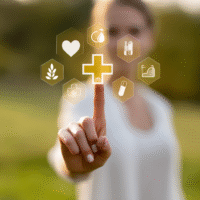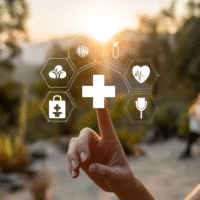This study looks at a new treatment called transcranial direct current stimulation (tDCS) for children with attention-deficit/hyperactivity disorder (ADHD). tDCS might help improve brain function in kids with ADHD, but more research is needed to be sure it works well and is safe.
The main goals of the study were:
– **To see how tDCS affects thinking and behavior in children with ADHD.**
– **To check if the treatment is safe and easy to handle for the kids.**
– The study involved 69 children aged 10 to 18 years with ADHD.
– It took place in five hospitals in Portugal and Germany from September 2018 to October 2021.
– Participants received either real tDCS or a fake treatment (sham) in 10 sessions, lasting 20 minutes each.
– Two types of brain areas were targeted during the sessions.
– The kids who received tDCS on the left side of their brain had a slight decrease in their working memory performance.
– However, using tDCS on the right side improved their ability to handle distractions.
– Most side effects were mild, like headaches, and were not more common in kids receiving real tDCS compared to those receiving sham treatment.
- tDCS may help some cognitive functions in kids with ADHD.
- Real tDCS showed mixed results: it helped with distractions but hurt working memory.
- Side effects were mostly mild and temporary.
This study suggests that tDCS has potential for helping children with ADHD, but more research is needed to understand its effects fully. It is important to learn more about how to use this treatment effectively in future studies.




























